Studio Ghibli: The Art Style Impact on Western Society
I decided to do something about Studio Ghibli because I love the animation studio's art style and aesthetics. I'm absolutely obsessed with the stories they tell.
The most important part for me is how often non-western (mainly not American) media are so underlooked and harder to achieve mainstream and the phenomenon of this Japanese animation studio is so influential that it is compared with Disney, so I wanted to explore with the studio's style of art and mixing and matching iconic works of art through history to make an allusion to Studio Ghibli's social and cultural importance in society nowadays.
Art Style & Aesthetic

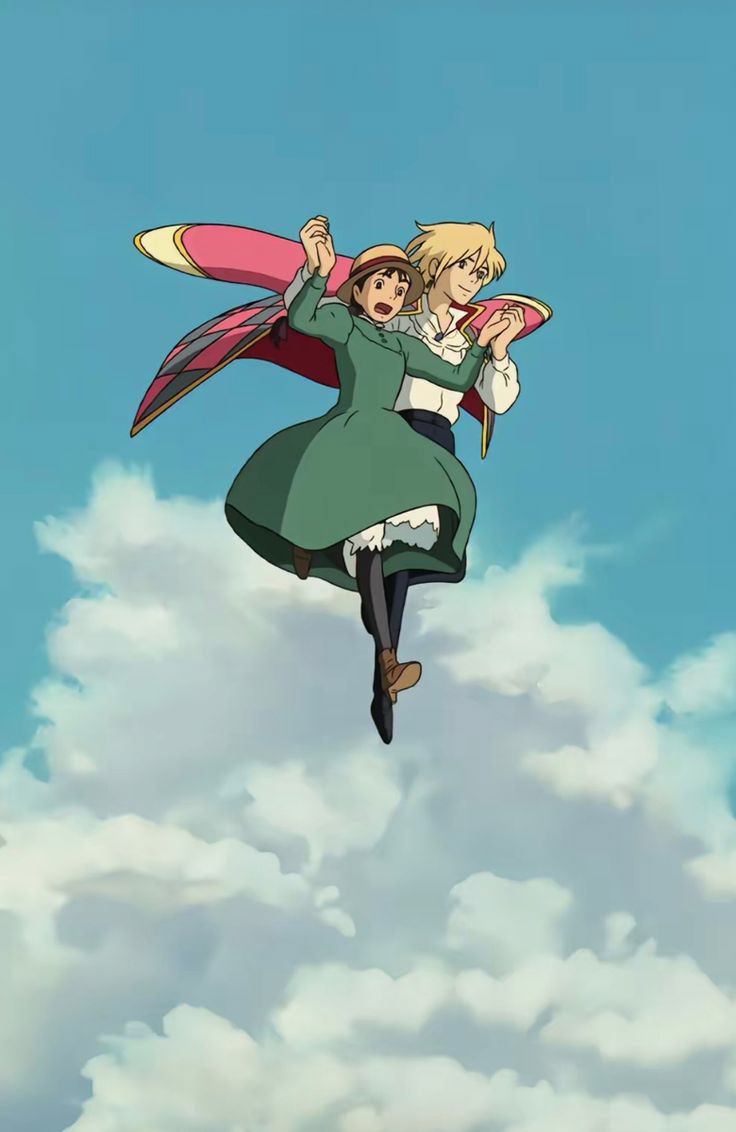
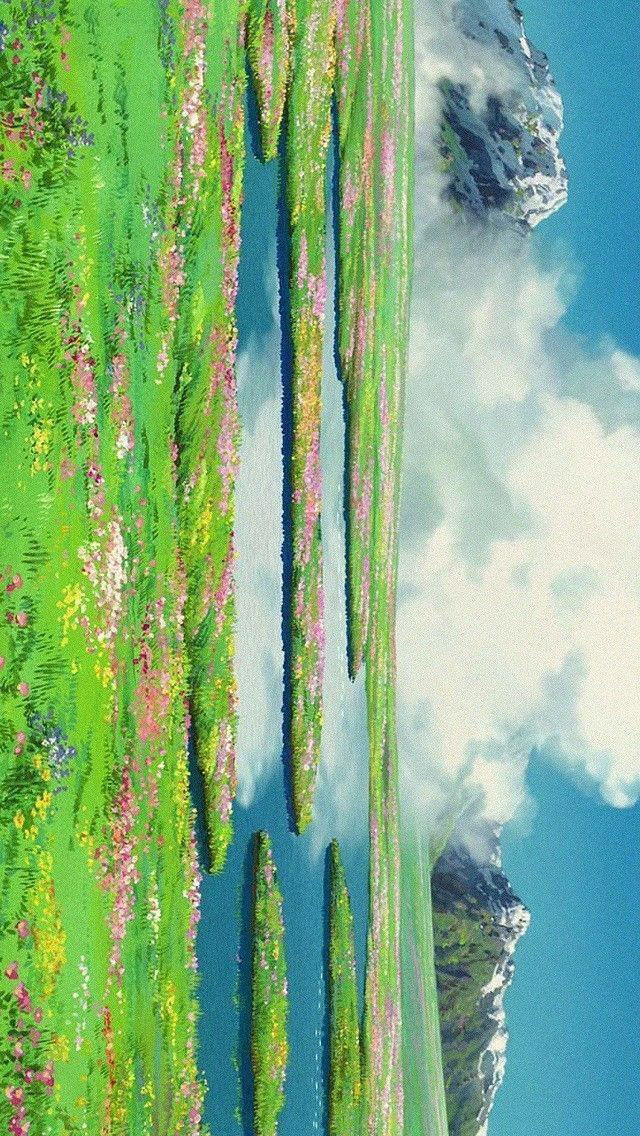
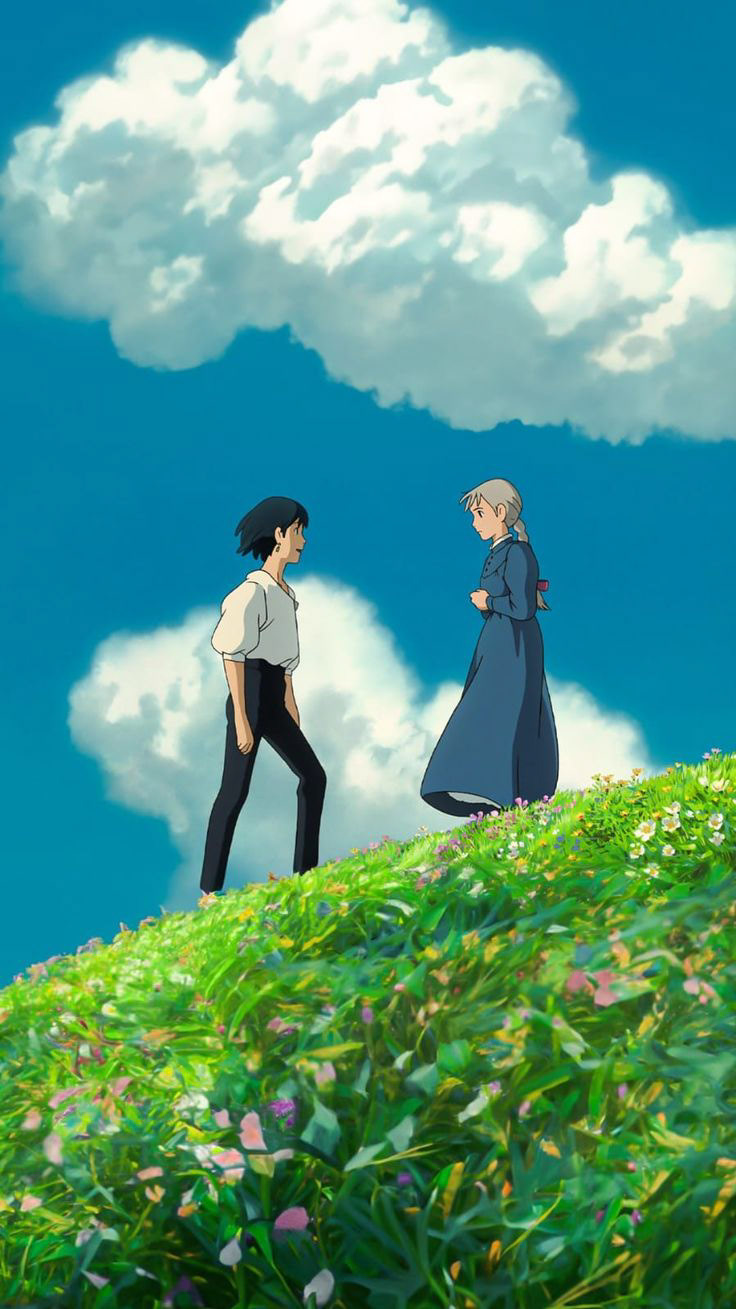
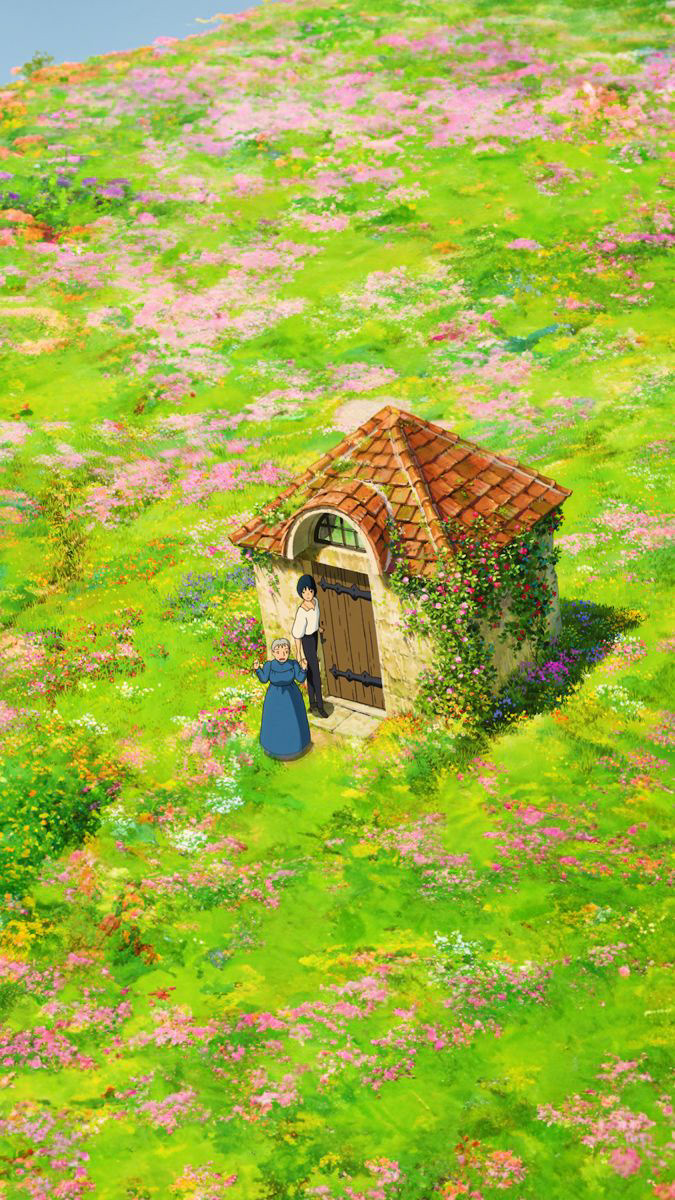

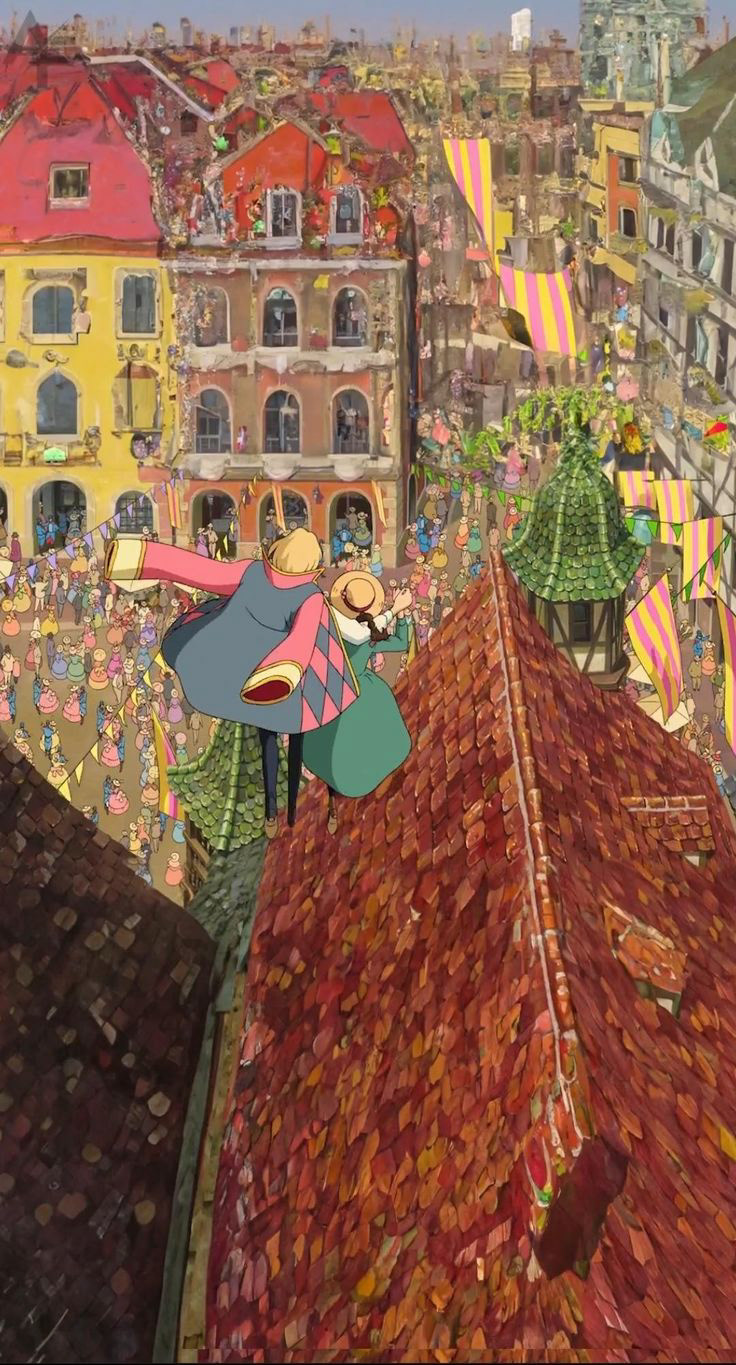
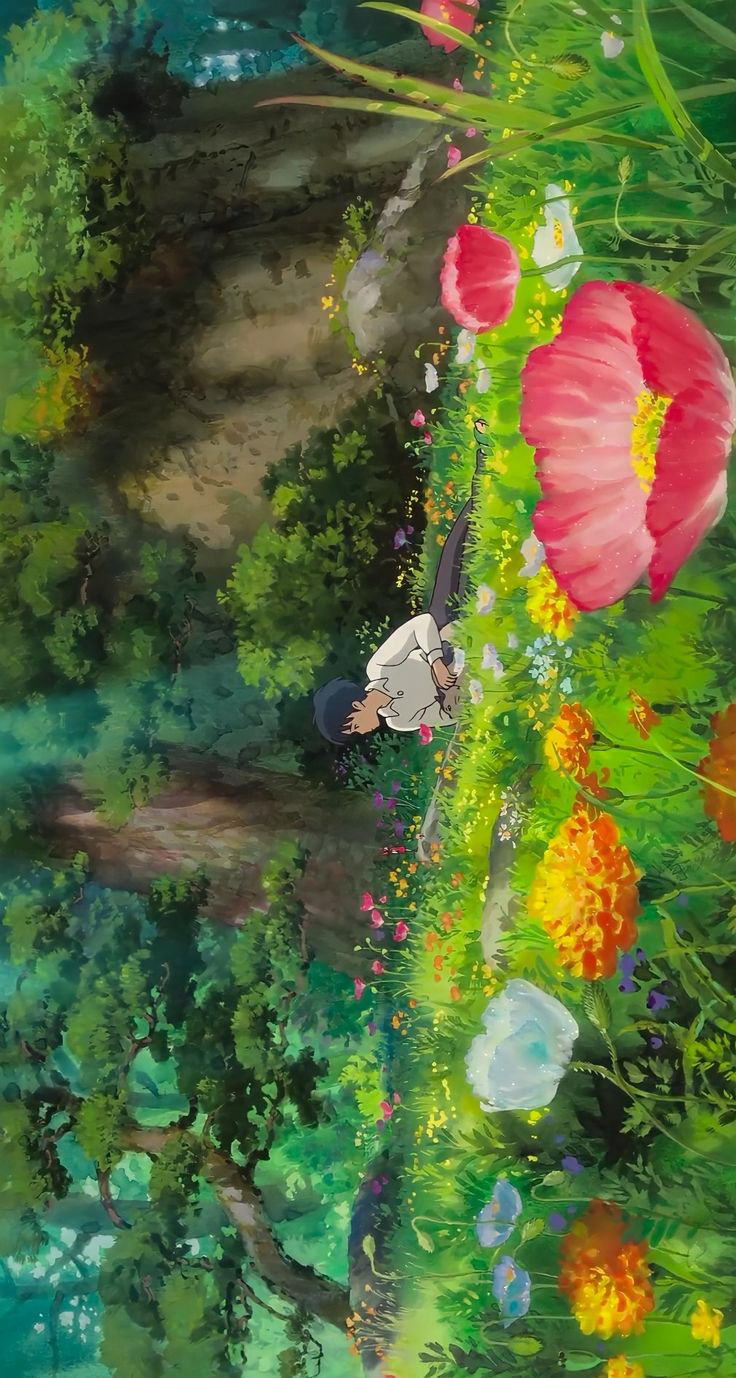
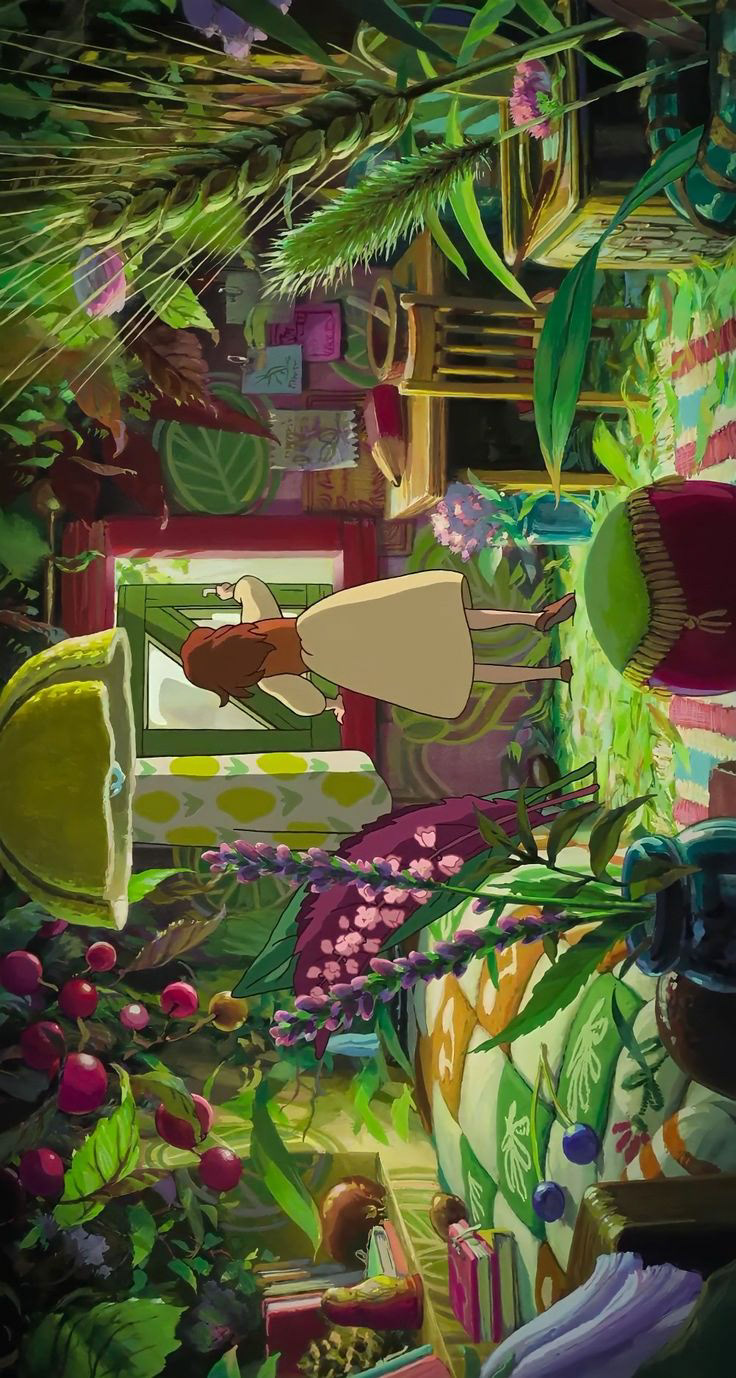
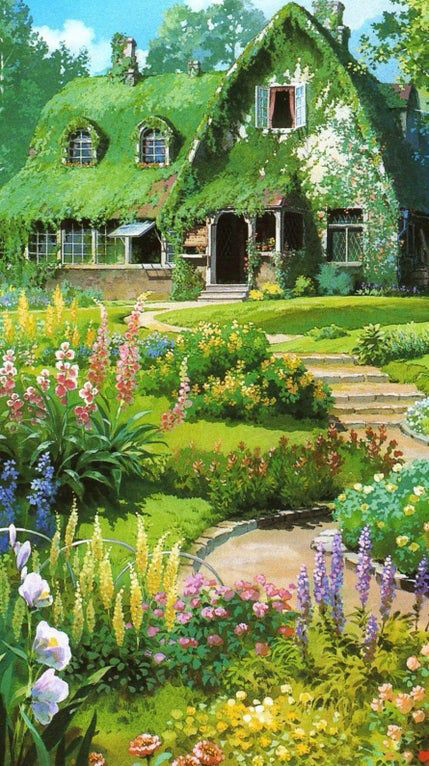
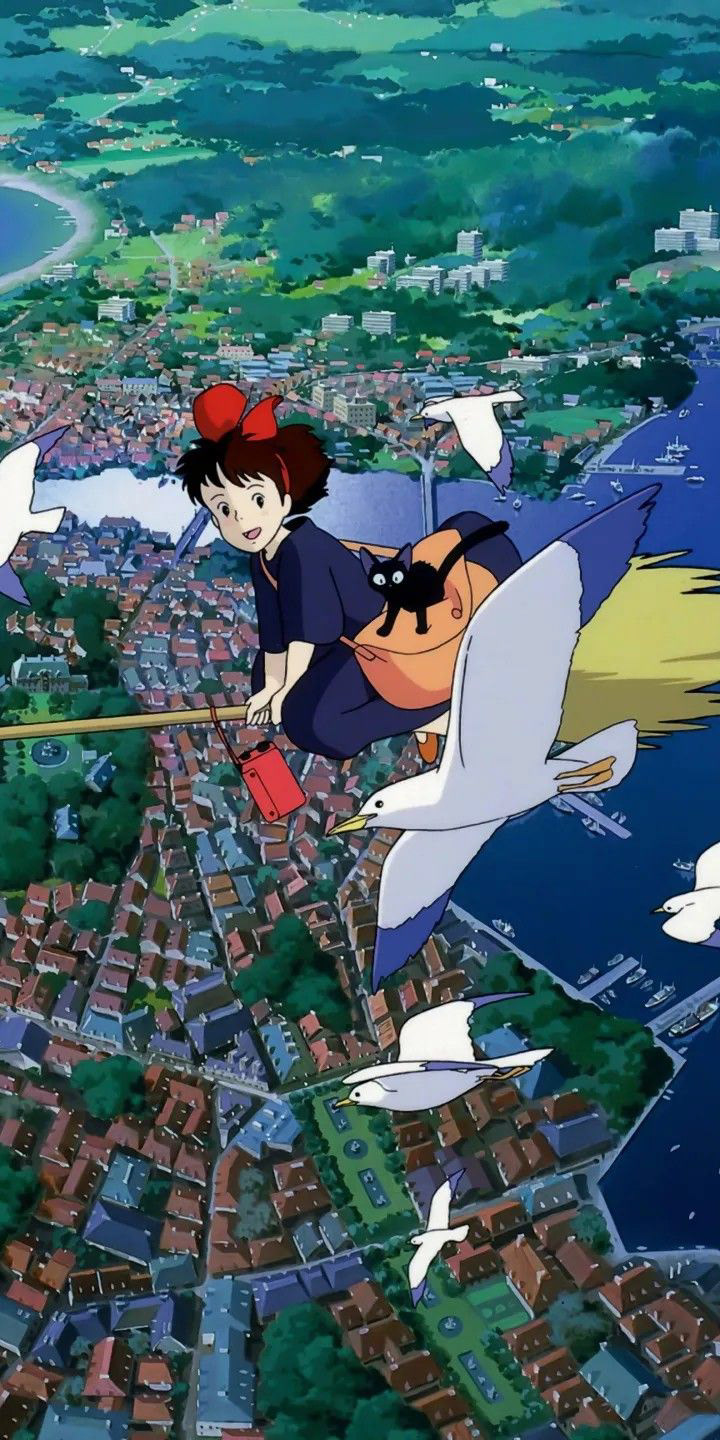
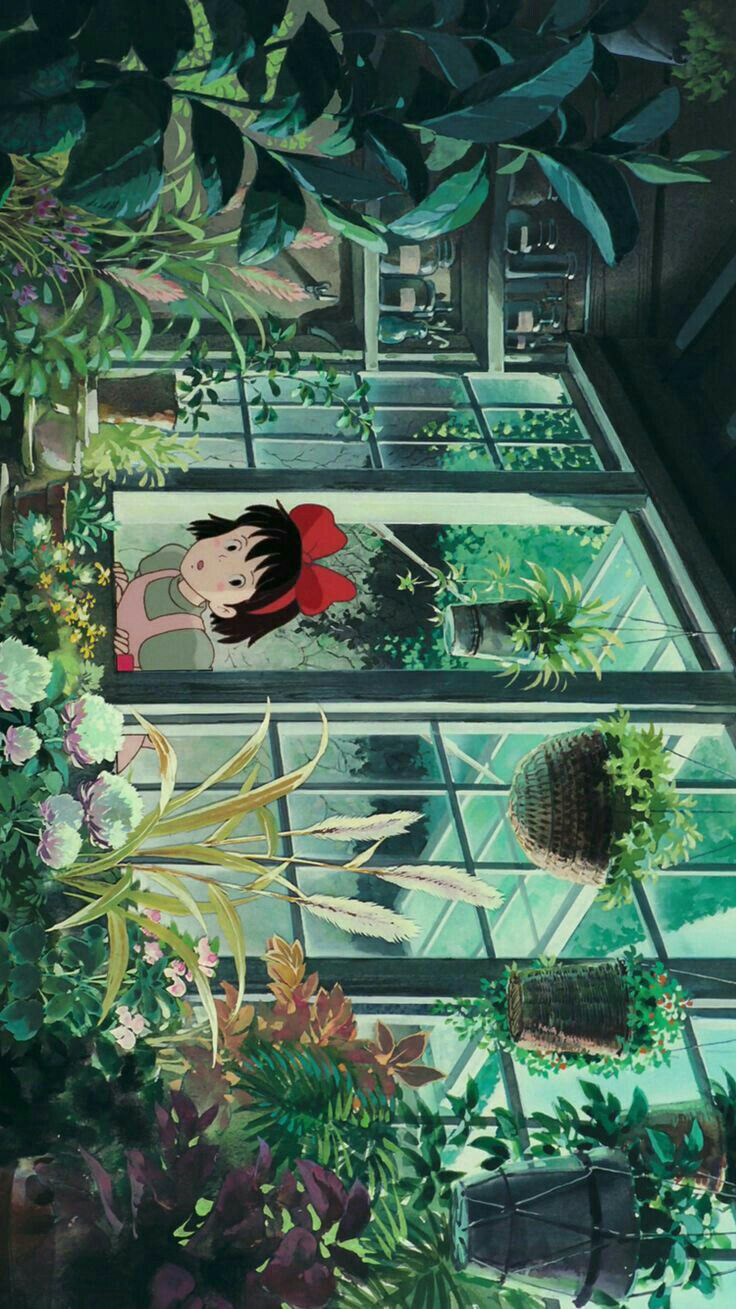
Origins of Studio Ghibli
The inception of Studio Ghibli can be traced back to the mid-1980s when Miyazaki and Takahata, both seasoned animators with a decade-long collaboration at the Japanese animation studio Tôei Dôga, decided to embark on their own venture. With funding from Tokyo-based publishing company Tokuma Shoten, the trio founded Studio Ghibli, a small production studio nestled in the suburbs of Tokyo. This marked the beginning of a journey that would redefine animation and storytelling.
Iconic Characters
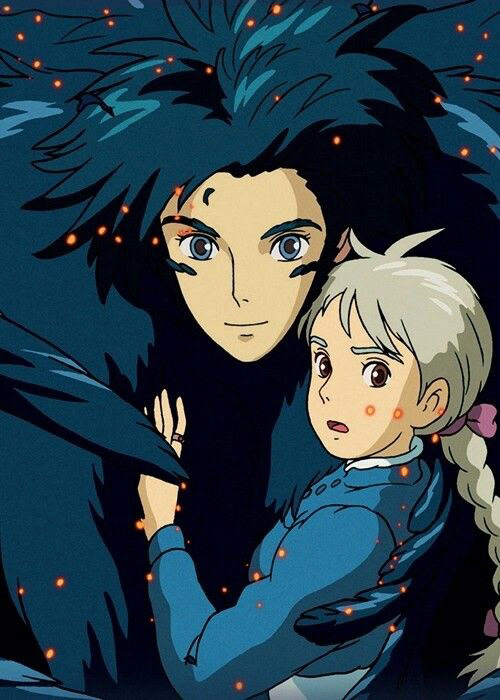

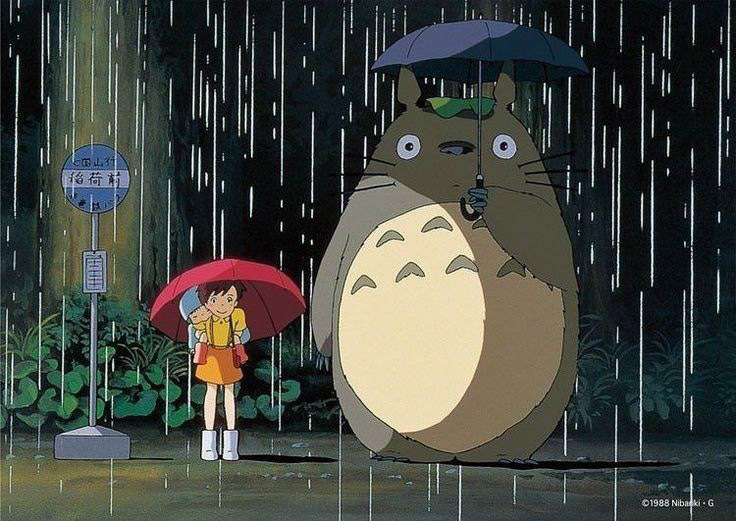



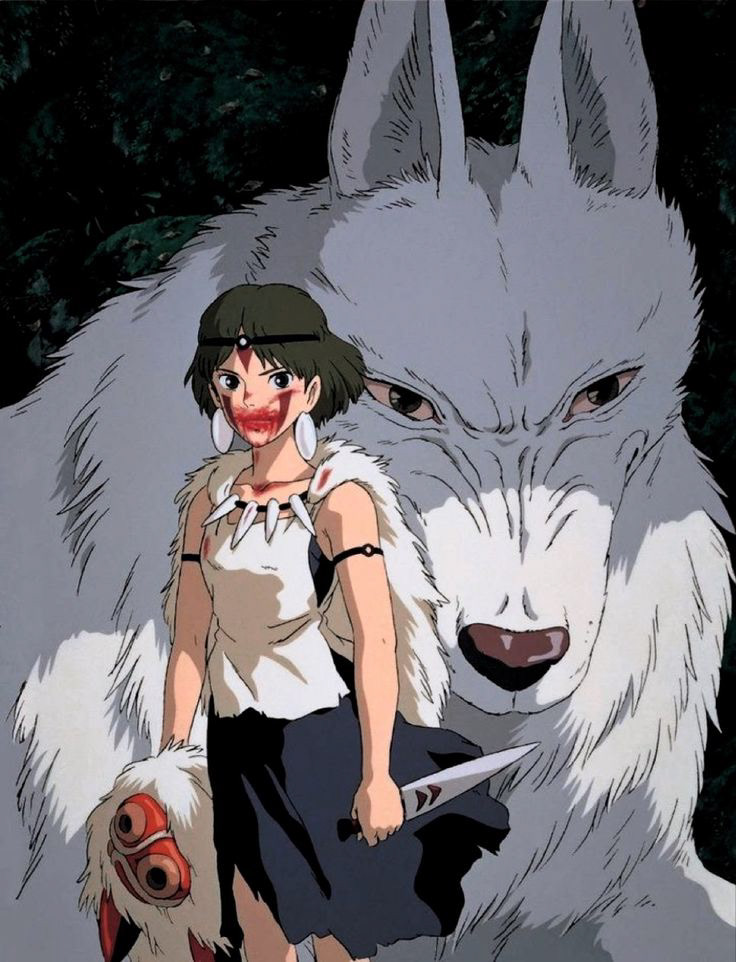
One of the distinctive features that sets Studio Ghibli apart in the realm of animation is its unwavering commitment to portraying strong and multifaceted female characters. This deliberate choice by Hayao Miyazaki, the creative genius behind many of Ghibli's iconic films, has not only contributed to the studio's unique storytelling but has also left an indelible mark on the landscape of animated cinema.
Breaking Stereotypes
In the broader context of animated films, particularly during the early years of Studio Ghibli, female characters were often relegated to traditional roles—damsels in distress or mere sidekicks. Miyazaki, however, sought to challenge these stereotypes. From the adventurous Kiki in "Kiki's Delivery Service" to the fearless San in "Princess Mononoke," Ghibli's female protagonists defy convention, embodying strength, resilience, and complexity.
Possible References to Art
No face as the Scream painting


My Neighbor Totoro as the "American Gothic" painting
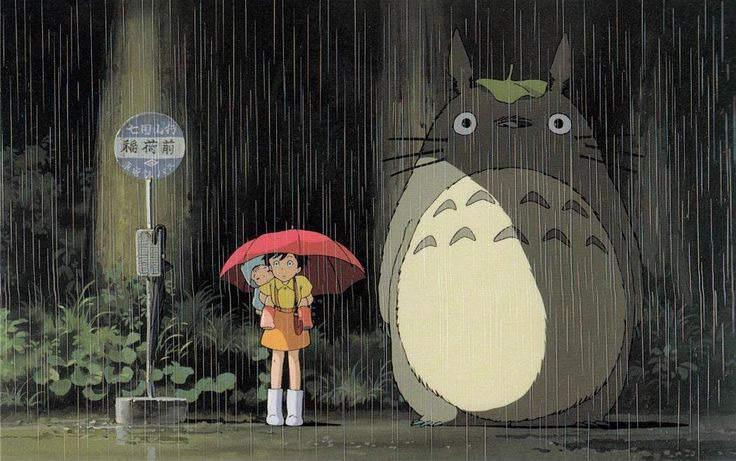

Haku the dragon and Starry Night painting
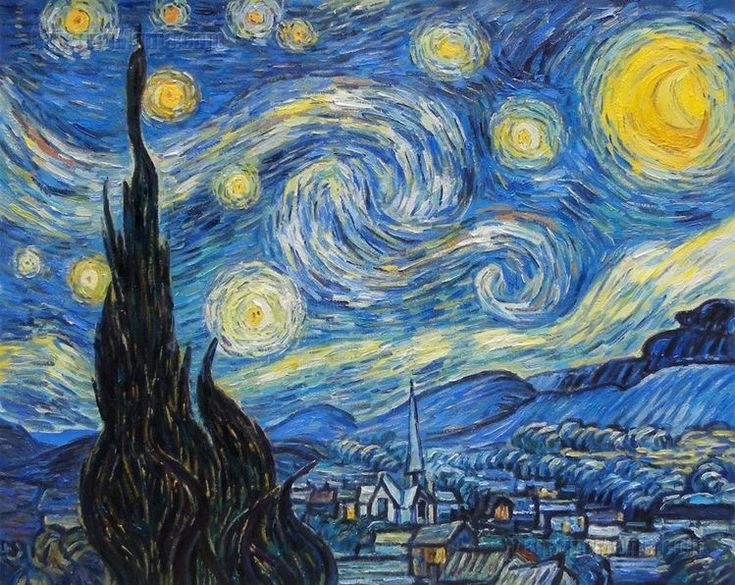
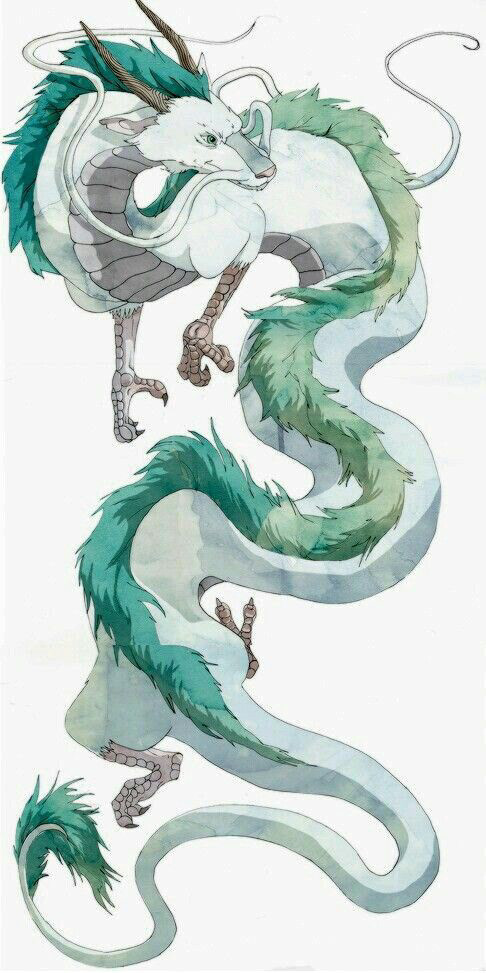
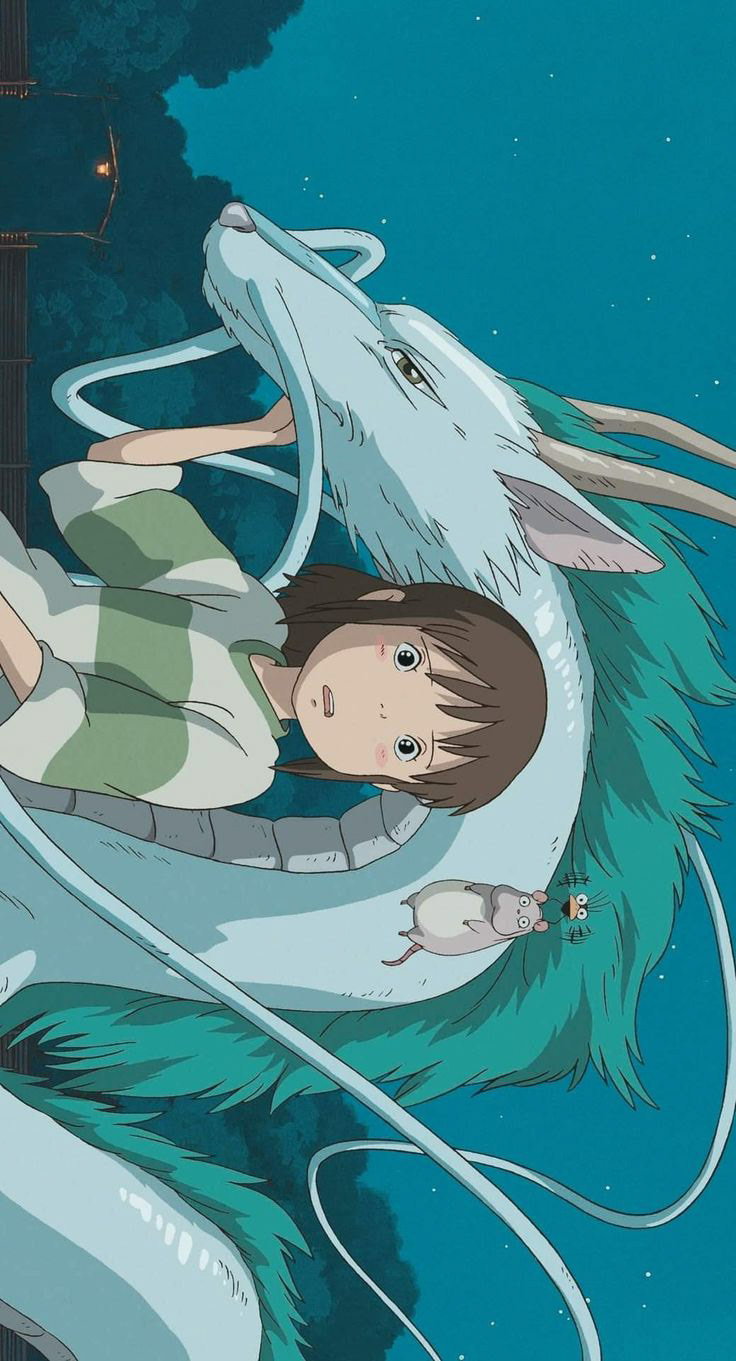
Cultural Significance and Emotional Resonance
At the core of Studio Ghibli's cultural influence is its ability to connect with audiences on a deep emotional level. The themes explored in Ghibli films—family, friendship, and the preservation of the natural world—are universal and strike a chord with viewers worldwide. In the context of modern Japan, where rapid urbanization and modernization have led to a loss of traditional values, Ghibli's narratives provide a poignant reflection on the importance of preserving the essence of life.
The emotional resonance of Ghibli films is not confined to a specific demographic; it spans generations. As children, audiences may see the films as fantastical adventures with beautiful animation. However, as they grow older, the hidden symbolism, beauty of "Ma" (a concept of emptiness and space in Japanese art), and aspects of immersive realism unfold, offering new layers of meaning.
Cultural Identity and Setting
Studio Ghibli films exhibit a strong sense of cultural identity, often rooted in rural Japan. The settings, infused with traditional Japanese folklore and mythology, contribute to the film's uniqueness. This cultural richness distinguishes Ghibli's work from Western animated films and provides a window into the enchanting tapestry of Japanese heritage.
The bathhouse in "Spirited Away" serves as a poignant example of the importance of details in Ghibli's storytelling. It becomes a symbolic space, conveying themes of luxury, human greed, and excessiveness, resonating with audiences and remaining relevant to the story's setting.
Mind Map
Sketches
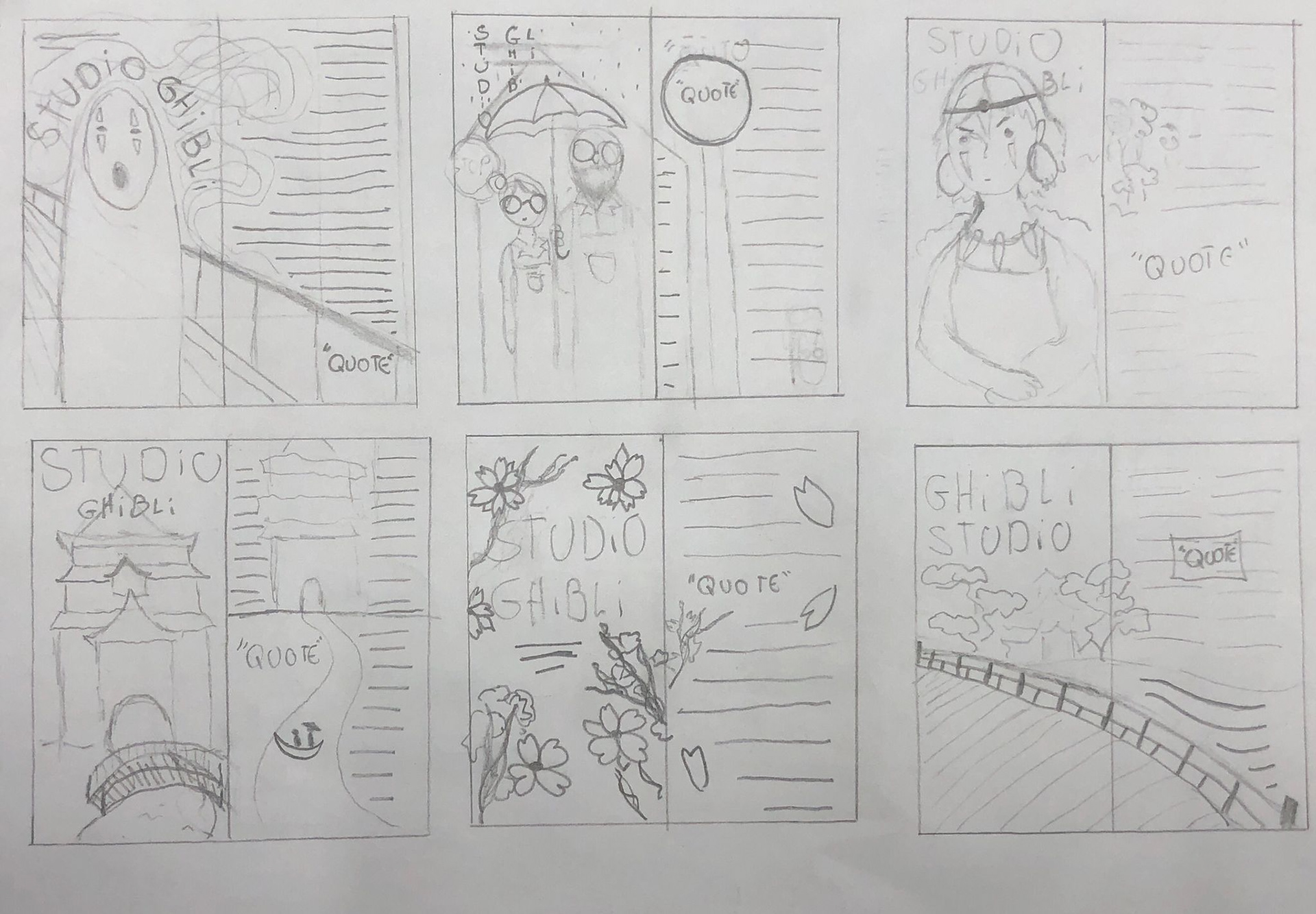
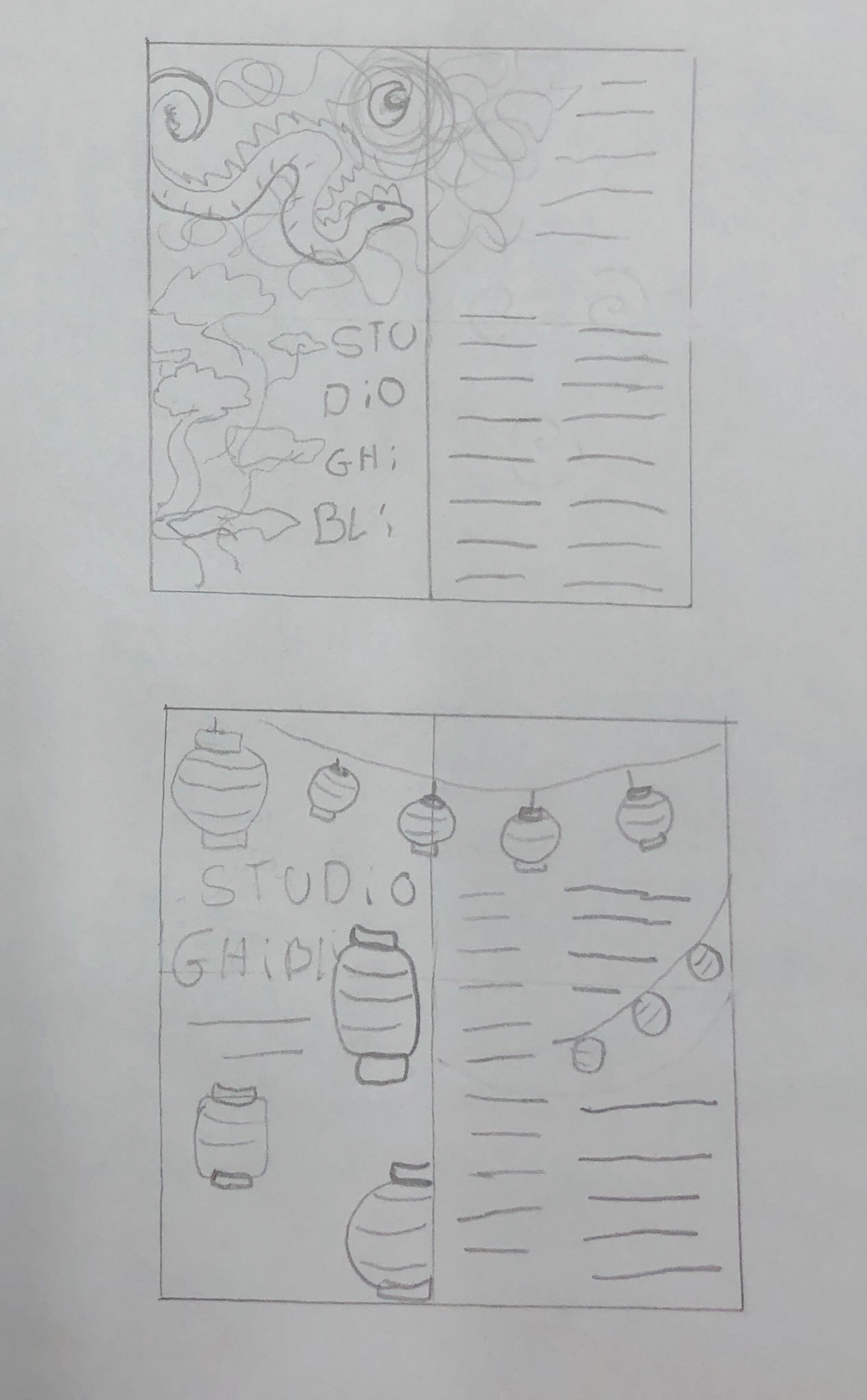
AI Dream Studio Generated Images

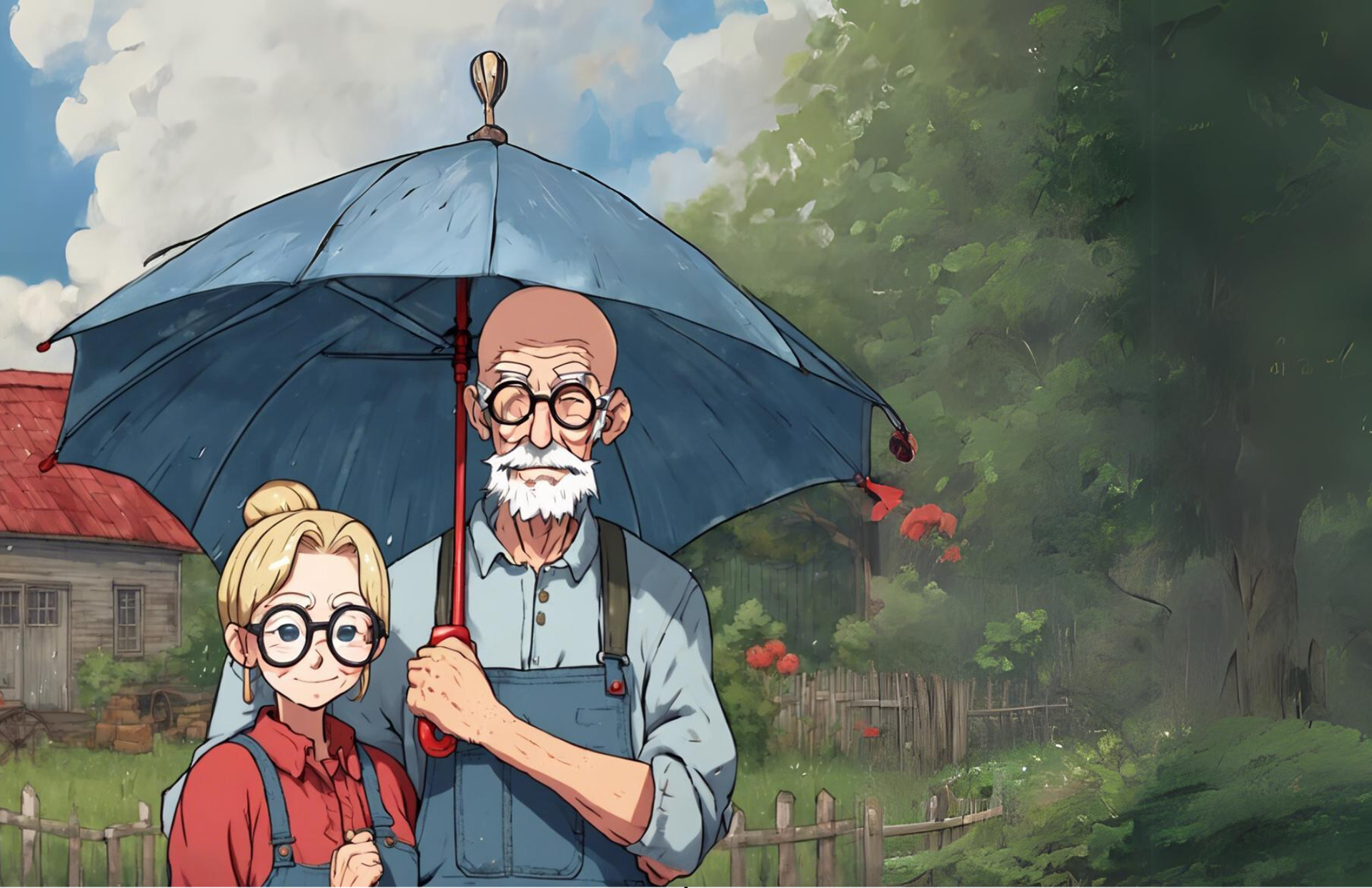
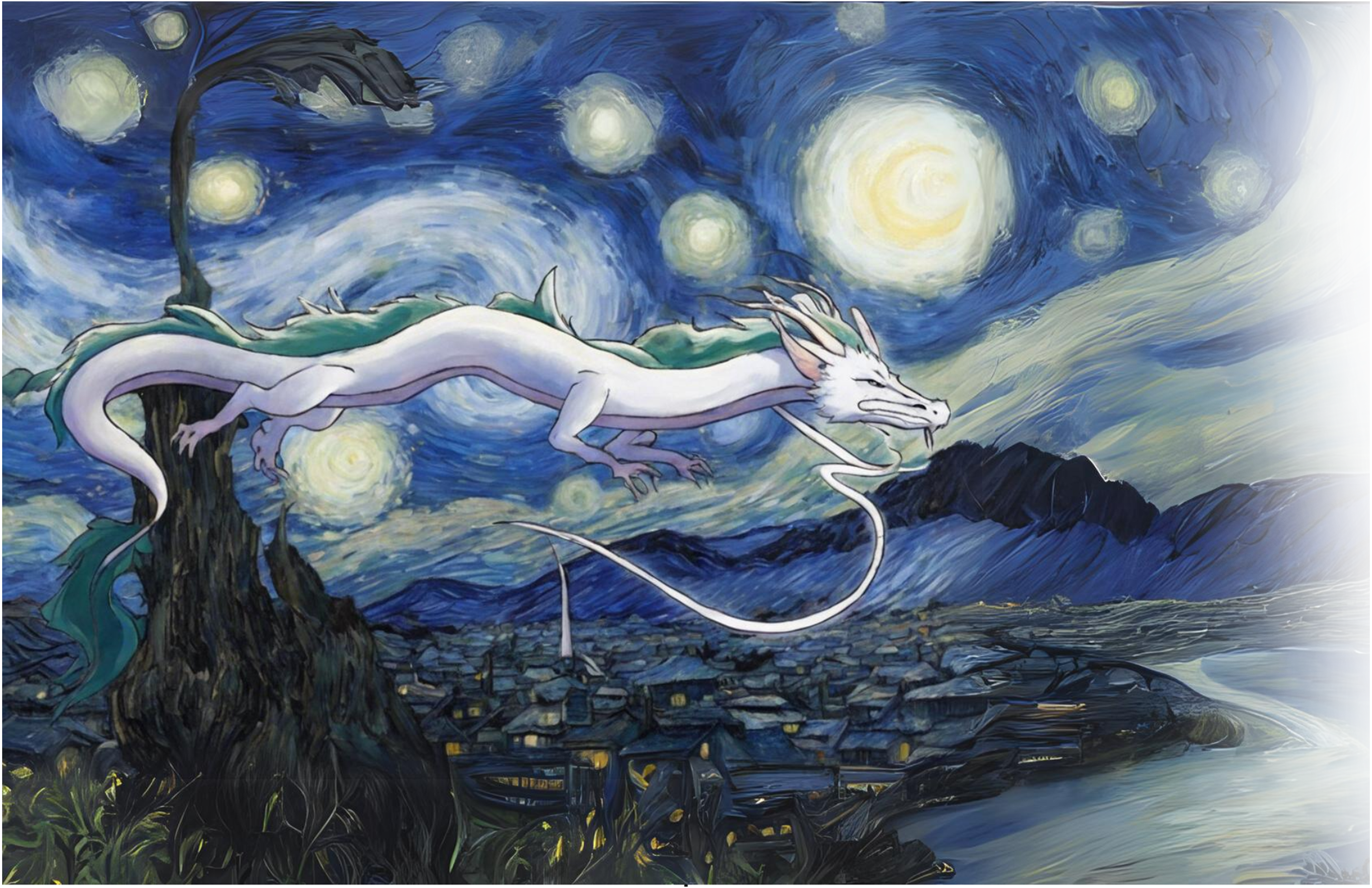
First Drafts
Final Design
I fixed the paragraph layout creating two columns, I fixed the typesetting eliminating orphan words at the end of the paragraph, hyphenation in the big texts, and changed the color of some of the text I wanted to stand out.
Even if the image was AI generated I made some changes to it myself, I added the bus stop signs, I added the "rain" and the eyes of the old farmer guy because AI gave me the image of him without his eyes. I also added a pitchfork in the background to add a "hidden" element of the American Gothic painting.